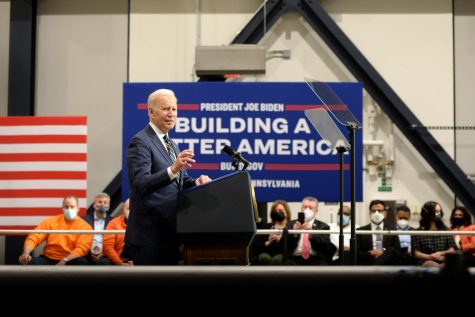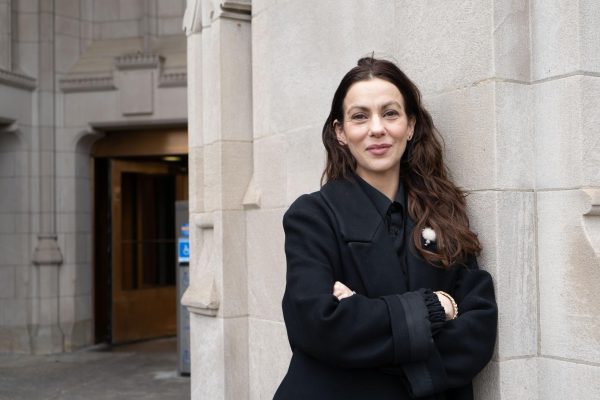Sex ed revamp: Transgender inclusion is vital for progress
March 30, 2015
It’s unsettling that the United States still doesn’t require sex education nationwide.
In 2010, Pennsylvania passed the Healthy Youth Act, which requires sex ed in public schools. However, schools aren’t performing up to par — there is a demand for more inclusive, in-depth sex education. Last year, Great Conversations, a sex course for parents and preteens, pulled in 14,000 attendees, according to an article in The New York Times last week.
The government allotted Pennsylvania more than $1.6 million that year to fund abstinence-only sex education programs, according to Sexetc.org. It would be more productive to spend this budget on progressive sex education like Julie Metzger’s Great Conversations program.
Metzger first began teaching a puberty-based sex ed curriculum, of which Great Conversations is an offshoot, at Allegheny General Hospital in 1988. Great Conversations now features two distinct tracks — one for boys and one for girls.
The boys’ course features “The Penis Opera,” through which boys get the seemingly hilarious phallic word out of their system before asking Metzger questions. Metzger features comic relief in girls’ presentations, too — she sticks a sanitary pad to herself to prove it stays in place.
However, Great Conversations costs about $70 for pubescents and parents to attend. Public schools could help offset this cost by implementing some version of the course in their sex ed itinerary.
The lack of transgender inclusivity in the program is the main dilemma, though. If schools implement elements of Great Conversations into their curriculum, they should group all students together, rather than separate them. Knowing about other genders should no longer be taboo.
One of the greatest misunderstandings in sex education centers around gender and sexuality itself — and many adults still don’t comprehend what it means to be transgender.
It’s time to begin educating the youth on transgender sexuality — a startling 41 percent of transgender or gender-nonconforming people have attempted suicide at some point in their lives. That’s 41 percent too many. We need understanding and acceptance for these lives and the dangers they face each day.
This transgender sex ed can be as simple as teaching preteens proper pronoun etiquette or as in-depth as discussing gender reassignment surgery. It’s better to talk about masculinity, femininity and everything in between at a young age so people can practice understanding and tolerance for their trans peers throughout their lives.
Teaching about sex helps to normalize it. While preteens may blush at the mention of “condoms,” they realize how important protection is. If we teach our youth about transgender people at a young age, they’ll stop using words like “hermaphrodite” or “transvestite” and understand what it really means to be genderqueer.
Abstinence-only programs catered to the heterosexual population are a yawn. With the Internet, kids can learn about all walks of sexuality, regardless. It’s a school’s job to provide preteens with the right information and filter through the fodder.
It’s time to reimagine sex education.







